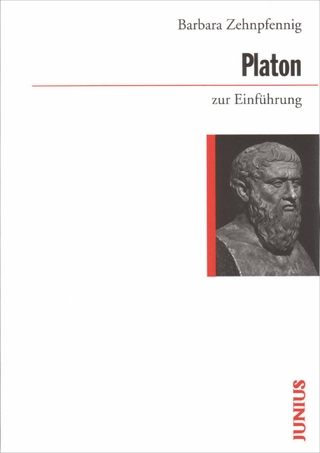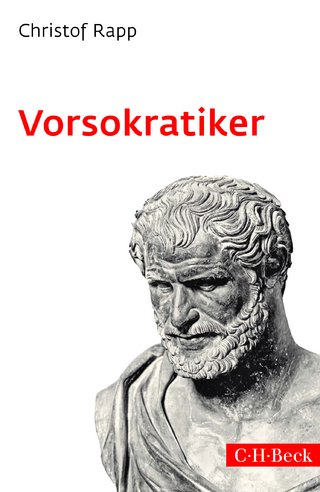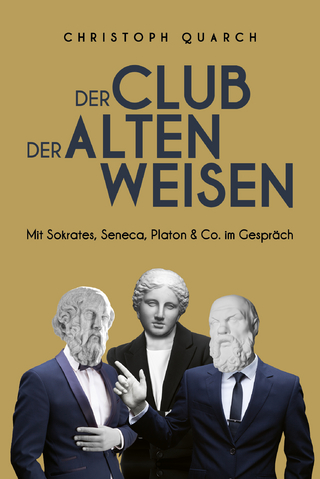
The Shaping of Deduction in Greek Mathematics
A Study in Cognitive History
Seiten
2003
Cambridge University Press (Verlag)
978-0-521-54120-6 (ISBN)
Cambridge University Press (Verlag)
978-0-521-54120-6 (ISBN)
This book provides a way into understanding a momentous development in human intellectual history: the phenomenon of deductive argument in classical Greek mathematics. The argument rests upon a close description of the practices of Greek mathematics, principally the use of lettered diagrams and the regulated, formulaic use of language.
The aim of this book is to explain the shape of Greek mathematical thinking. It can be read on three levels: as a description of the practices of Greek mathematics; as a theory of the emergence of the deductive method; and as a case-study for a general view on the history of science. The starting point for the enquiry is geometry and the lettered diagram. Reviel Netz exploits the mathematicians' practices in the construction and lettering of their diagrams, and the continuing interaction between text and diagram in their proofs, to illuminate the underlying cognitive processes. A close examination of the mathematical use of language follows, especially mathematicians' use of repeated formulae. Two crucial chapters set out to show how mathematical proofs are structured and explain why Greek mathematical practice manages to be so satisfactory. A final chapter looks into the broader historical setting of Greek mathematical practice.
The aim of this book is to explain the shape of Greek mathematical thinking. It can be read on three levels: as a description of the practices of Greek mathematics; as a theory of the emergence of the deductive method; and as a case-study for a general view on the history of science. The starting point for the enquiry is geometry and the lettered diagram. Reviel Netz exploits the mathematicians' practices in the construction and lettering of their diagrams, and the continuing interaction between text and diagram in their proofs, to illuminate the underlying cognitive processes. A close examination of the mathematical use of language follows, especially mathematicians' use of repeated formulae. Two crucial chapters set out to show how mathematical proofs are structured and explain why Greek mathematical practice manages to be so satisfactory. A final chapter looks into the broader historical setting of Greek mathematical practice.
Introduction: a specimen of Greek mathematics; 1. The lettered diagram; 2. The pragmatics of letters; 3. The mathematical lexicon; 4. Formulae; 5. The shaping of necessity; 6. The shaping of generality; 7. The historical setting; Appendix: the main Greek mathematicians cited in the book.
| Erscheint lt. Verlag | 18.9.2003 |
|---|---|
| Reihe/Serie | Ideas in Context |
| Zusatzinfo | Worked examples or Exercises; 2 Tables, unspecified; 2 Plates, unspecified |
| Verlagsort | Cambridge |
| Sprache | englisch |
| Maße | 152 x 229 mm |
| Gewicht | 540 g |
| Themenwelt | Geisteswissenschaften ► Philosophie ► Philosophie Altertum / Antike |
| Mathematik / Informatik ► Mathematik ► Geschichte der Mathematik | |
| Naturwissenschaften | |
| Sozialwissenschaften | |
| ISBN-10 | 0-521-54120-4 / 0521541204 |
| ISBN-13 | 978-0-521-54120-6 / 9780521541206 |
| Zustand | Neuware |
| Informationen gemäß Produktsicherheitsverordnung (GPSR) | |
| Haben Sie eine Frage zum Produkt? |
Mehr entdecken
aus dem Bereich
aus dem Bereich
mit Sokrates, Seneca, Platon & Co. im Gespräch
Buch | Hardcover (2023)
FinanzBuch Verlag
18,00 €


